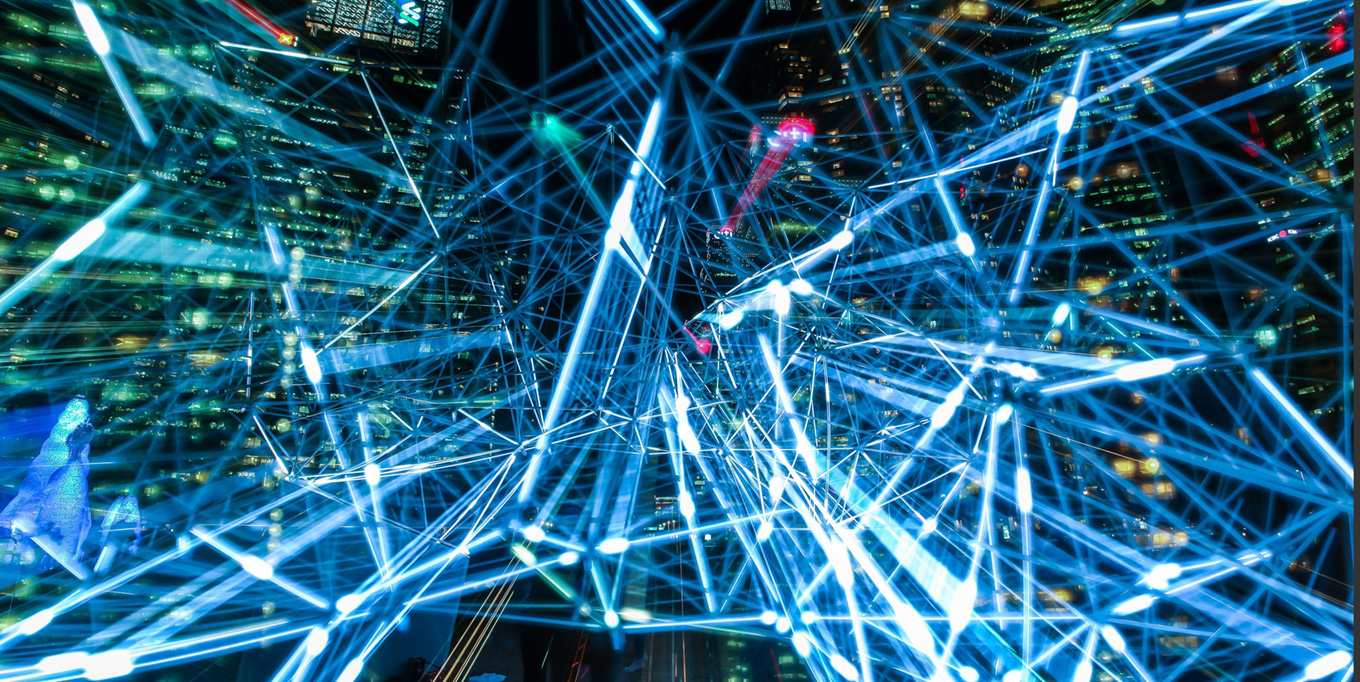 [ Guest author Jourdan Aldredge writes for Soundstripe, a royalty-free music company that specializes in high-impact music for video and SFX. ]
[ Guest author Jourdan Aldredge writes for Soundstripe, a royalty-free music company that specializes in high-impact music for video and SFX. ]
Is the future of AI-powered video editing a good thing — or a bad thing?
That is the question, and the answer really comes down to you and your thoughts on your role in post-production. For some video editors, any new tools to help streamline the editing process are more than welcomed. They save time and resources and let editors work faster, smarter, and cheaper.

For others though, it means the days of the specialized roles in post-production might be numbered. After all, who needs to send a project off to a color grader when a single editor can just push an “auto” button?
All that being said, the future of machine learning as a workflow tool for video editors is here — for better or for worse. So let’s take a look at Adobe Sensei, what it currently offers editors, and how that might change in the future.
What is Adobe Sensei
For those not familiar, Adobe Sensei is Adobe’s AI and machine learning tool aimed at making life easier for all those using any of the apps within Adobe’s creative cloud. To date, most of its roles have to do with just eliminating time — whether that be with searching for stock photos or tagging videos. It’s really about organizing, editing, and producing tasks with the goal of freeing you up to focus on the creative.
For video editors, you might only experience Adobe Sensei in basic apps like Premiere Rush or Photoshop, or more sophisticated ones like Adobe Dimension or Character Animator. Sensei might even be doing tasks you’re not even aware of, as Adobe has always been working behind the scenes to streamline your workflows — this is just now with the added benefit of AI.
Adobe Sensei for Video Editing
As far as video editing goes, there are some features and tools within Adobe Premiere Pro that utilize Adobe Sensei. Here are three of the biggest which you might recognize.
1. Morph Cut
A great tool for working with interviews and talking head videos, morph cut will help clean up awkward phrases without the need to cut to B-Roll or a second camera shot. It’s not a perfect tool, but if you’re working with footage that is static and consistent, it can sometimes be the perfect trick to meld together two shots which audiences will never notice.
2. Scene Edit Detection
The Scene Edit Detection is another Adobe Sensei tool which helps to streamline your editing process (as well as possibly take out the role of an assistant editor for some). This function is a quick way to automatically cut up your scenes for you.
For example, if you cut a long video together but you want to recut it for a shorter version, this tool will detect the shot changes and scene breaks and put in your cuts for you — freeing you up to move things around as you see fit.
3. Auto Reframe
Probably one of the most helpful — if not at least the coolest — tools powered by Adobe Sensei in Premiere Pro is the Auto Reframe feature. This can help reframe and change your footage with the simple click of a button.
For example, if you have a video shot and edited in horizontal 16:9 but need to change it to tall 9:16 for different social uses, Auto Reframe will automatically identify focal points of action in your shots and re-adjust your footage into the new format.
Now, it’s not always perfect, But as a time-saving feature which works more often than not, it can be a huge help to your editing process and workflow.
The Future of Machine Learning
Ultimately, Adobe Sensei and other AI-powered apps are going to continue to make significant strides in the world of video editing. While some editors might choose to rally against any new changes, it doesn’t usually make sense to stand in the way of progress.
However, while machine learning apps like Adobe Sensei are increasing workflow speeds, they’re not quite replacing post-production roles outright. Instead, we’re mostly getting great opportunities for open-minded video editors to work faster and smarter — which ultimately opens you up to take on more work as the video industry as a whole continues to grow.
6 Responses to Adobe Sensei: AI for the Video Editor
Jourdan:
You make good points. My principle concern about AI is that in many cases, the problem is not that people are closed-minded – though that is a part of it – but that the more AI does to enable editors, the harder it becomes for many editors to earn a living.
If someone with no training can edit a video by simply pushing a few buttons, what’s the incentive for a client to hire an experienced editor. Craft and story-telling skills are important, but button pushers are a whole lot cheaper.
The pandemic shuttered many post houses. As tools get more powerful – especially with AI – the results for editors trying to earn a living on their skills becomes much more challenging. Maybe I’m pining for the life of a blacksmith in a world of the automobile. But craft skills are well paid. Button-pushers are not.
I haven’t figured out how to reconcile the relentless advance of technology with earning a living.
Larry
Larry,
You also make a good point about the effect of AI on our livelihoods, but it means that in addition to being a skillful editor, you need to carry something more in your tool belt (since we’re talking retro, ala blacksmith). Maybe it’s deep creativity, maybe an area of specialty (in my case, I work exclusively in the field of education). In that way, AI offers the opportunity to develop and refine this niche, and make yourself irreplaceable.
Neal
Neal:
Excellent point. Specialized skills are a great way to differentiate yourself.
I also like the phrase: “Make yourself irreplaceable.” Nothing like a bit of job security.
Larry
I know this is a bit of an old thread, but… for those out there that work on teams and read this: there should be a clarification here. Make yourself irreplaceable to the client, NOT to your creative / editing team. If you get hit by a bus and your team can’t deliver work because of that, that becomes a big issue!
Excellent point. Thanks,
Larry
Let us remember the audience are human beings with emotions and how those emotions are effected by what we see and hear. How we are motivated and moved and inspired. The “human beings” who are gifted with the ability to craft inspired work, people who know instinctively how to tap emotions, this talent is separate and apart from technology. It may be that AI will accelerate the contrast between the gifted talent and ………. well, the rest of the field.
How about this:
Talent that is natural and really really good, but has not yet had the chance to rise to the top or be noticed, but which AI (eliminating routine tasks) could be a tool to find undiscovered talent.
AI probably has the ability to raise the level of “polish” in the industry overall while also be a powerful force to unlock some great work at levels not seen before.